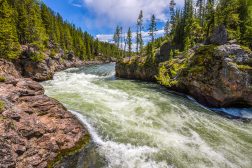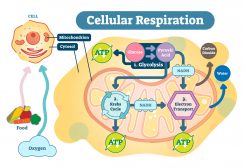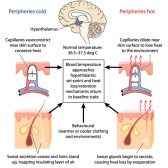Definition
noun
(phycology) In old taxonomic classification, a phylum of the Kingdom Protista and comprised of the euglinids
(protistology) In old taxonomic classification, an order of the phylum Mastigophora
Supplement
Euglenophyta is a term used in the taxonomic classification of organisms. In the old system of classification such as the five kingdom scheme, Euglenophyta belongs to Kingdom Protista (Protoctista). In this system of classification, Protista is comprised of animal-like (protozoa) and plant-like (algae) eukaryotes. Most of them live in aqueous habitats. Protista is divided into several phyla. In particular, animal-like protists are divided into the following phyla: Sacordina (protists that move using pseudopod), Mastigophora (protists that move using flagella), Ciliaphora (protists that move using cilia), and Sporozoa (protists that form spores). As for the plant-like protists (Subkingdom Phycobionta), there are also various phyla: Euglenophyta, Chrysophyta (diatoms), Pyrrophyta (dinoflagellates), Chlorophyta (green algae), Phaeophyta (brown algae), and Rhodophyta (red algae). The Cyanophyta or blue-green algae, which are prokaryotic organisms, are traditionally included in this group but in modern classification, they are now grouped together with bacteria under Kingdom Monera.
Depending on the system of classification used, Euglenophyta may be classified under Phylum Mastigophora or under Subkingdom Phycobionta. The species belonging to Euglenophyta, which are referred to as euglonophytes or euglinids, are mostly tiny, single-celled eukaryotes and make use of flagella for movement. Many of them are photosynthetic because they have chloroplasts. Other euglinids though feed on other organisms through phagocytosis or by diffusion.
It should be noted, however, that the taxonomic classification of organisms is bound to change as further studies of the species would lead to newer system of classification, such as that in The NCBI taxonomy database.1
See also:
Reference(s):
1 The NCBI taxonomy database. Retrieved from http://www.ncbi.nlm.nih.gov/taxonomy.







